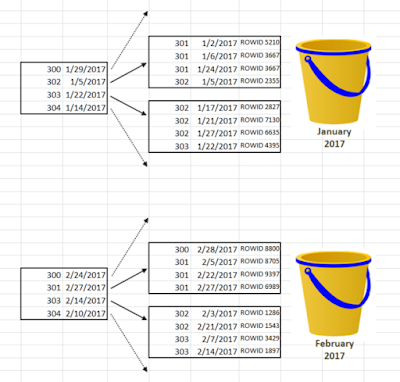It is nearly the end of 2018 and I'm just now publishing my first blog post. In short - it has again been too long. I'm mulling over various options but want to start spending more time on my blog next year to be able to capture what is transpiring in my life right now. Not only to have a historical record for myself but also because I do believe at some point it could be helpful for others who are at the same point in their life undergoing a similar conversion from being hands-on day to day to a more strategic managerial role.
So let's start this post by a revelation - I'm old. Each day I look in the mirror and see someone looking back that still has the same feeling I did twenty years ago when I couldn't wait to get into the office and lead an effort to code and build the next great "thing". Yet while two decades ago I'd cap the day off by racing out of the office to go to happy hour or play a pickup game of basketball now if I'm lucky to get out of the office with daylight as I'm racing home to spend more time with my family and perhaps get into bed a bit early that evening.
However this epiphany that I'm old is really more than coming to grips with the fact that my daily routine has changed. What I've also accepted as of late is that I now manage an organization with a collection of overachievers that whether I like it or not are a generation younger than I am. They see and do things differently. I often catch myself and make a mental note that I should not be performing their role and when I did it was a different time.
As an example, when I started my professional career Mosaic was in it's infancy stages - there really was not an Internet - and certainly no-one had a concept of IoT (well maybe some did but the technology certainly wasn't anywhere close to being able to suppor the idea). As an aside, to provide some perspective, shortly after graduating from college my father's IT company actually stood up one of the first web servers released by Marc Andreessen. It was a different time.
But I digress. One thing I have to constantly remind myself is that my engineers don't have a concept of what things were like before the Internet. They simply grew up in a world with Internet Explorer (or pick another browser) on every PC they touched. While at times I still find comfort holding a textbook in my hands - most of them I'm sure can't stand the thought of it. This isn't right or wrong it's just that their perception and frame of reference is different from mine.
Understanding these generational differences resulted in yet another a revelation the other day with my children. I think everyone is aware at this point that with Big Data and the Internet it is now it incredibly easy for information about me personally to be accumulated, stored and reported on. Everything we do in our daily lives has the chance of being captured and stored somewhere.
In it's infancy stages one might say this collection of data started with browsers and cookies but with the explosion of IoT this tracking has taking a completely different turn. Everything is tracked now and it is to the point that unless one is OK with unplugging completely you simply have to subscribe and agree to have this information gathered and reported on. Alexa, "turn on my lights" or "play some Elton John" - somewhere one has to believe those actions are being tracked.
I've in fact been able to see this as part of what I do everyday. We are seeing databases out there that track cell phone locations using Bluetooth signatures. As I'm driving home I know my Bluetooth signature from my phone where I am streaming a sports radio feed from Washington D.C. is allowing my location to be tracked. While there wasn't a direct link to me in that database I'm smart enough to know that there are other databases in he cloud that do track that relationship.
Walk this forward to my elementary age twin girls. They are growing up in a world where they will never know a reality where their locations are not being tracked. To me that idea is horrifying. But when I take a step back I also see how those who are younger in my organization are already not as concerned about their privacy as I am or others are from my generation.
And of course, I just need to constantly remind myself "it's a generational thing" and then try to determine how I can adapt and fit in ... or not.










